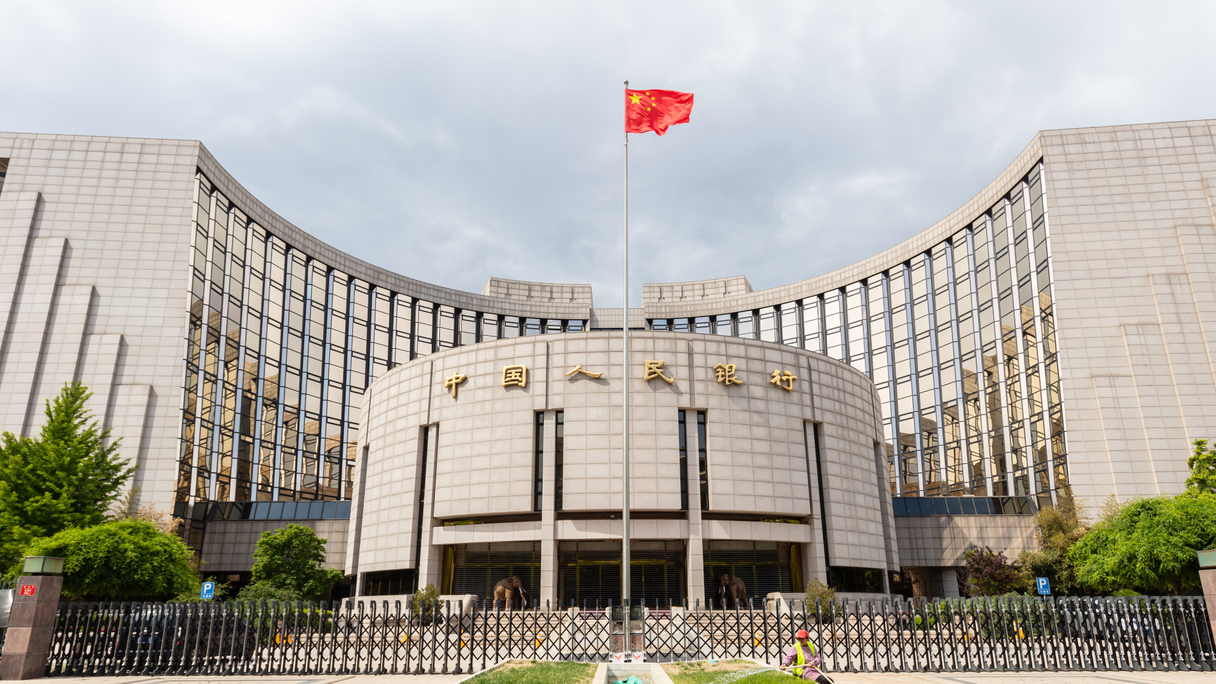The People’s Bank of China (PBOC) announced stimulus measures for banks and mortgage owners on September 24, as the country scrambles to hit its 2024 annual GDP growth target of 5%.
Some of the measures, unveiled by the PBOC governor Pan Gongsheng at a press conference, include cutting the short-term seven-day reverse repo rate to 1.5% from 1.7%, and cutting the reserve requirement ratio (RRR) — the amount of funds that banks must keep at the central bank — by 0.5%. This latter move, which doesn’t apply to smaller, rural banks, could add around Rmb1 trillion ($140 billion) of liquidity into the market, said Pan.
Outstanding mortgage rates for individual borrowers will be cut by 0.5%, potentially helping around 50 million households, or 150 million people, by cutting their overall annual interest expenses by Rmb150 billion ($21.3 billion). Thsi should in turn boost investment and consuption, said Pan, who was speaking alongside Li Yunze, minister of the National Administration of Financial Regulation, and Wu Qing, chariman of the China Securities Regulatory Commission.
Given the other changes, the PBOC expects this measure to have a neutral impact on China’s struggling banks, while core tier 1 capital at China’s largest banks would be increased in a gradual manner.
In addition, down payments on the purchase of second homes are to be reduced from 25% to 15%, to come in line with amount for first homes; the amount had been cut from 30% to 25% in May.
China has been struggling to turnaround a real estate crisis with the value of new-home sales falling around 27% in August compared to a year earlier.
A Rmb300 billion stimulus for regional governments to buy unsold homes from developers has yet to see major dividends.
The PBOC will also set-up a swap facility for securities firms, funds and insurance companies to tap liquidity from the central bank to buy stocks by pledging assets. It is undestood that up to Rmb500 billion could be made available for this.
There is also a plan to set up a specialised refinancing facility for listed companies and major shareholders to buy back shares and raise holdings.
At the end of the trading on Tuesday, September 4, the Hang Seng Index was up 4.13% to 19,000. China’s CSI 300 index of shares listed in Shanghai and Shenzhen were up 4.3%, its best day since July 2020, although the index is still down 1% since the start of the year.
¬ Haymarket Media Limited. All rights reserved.

